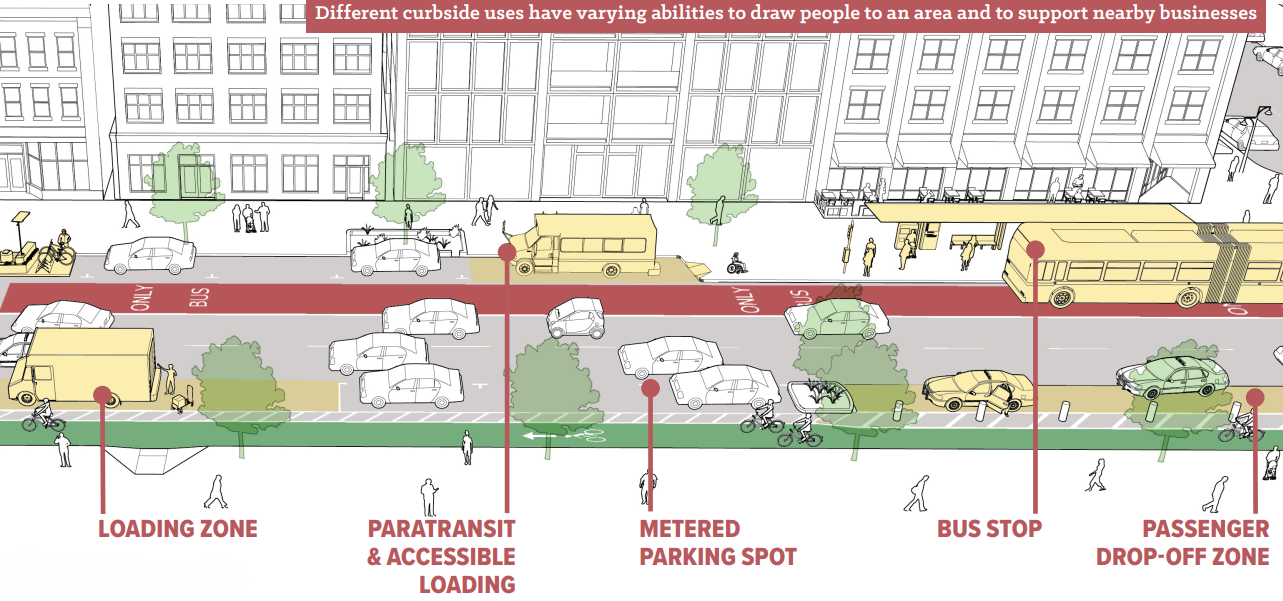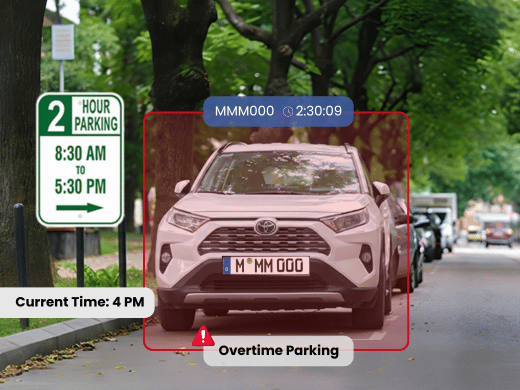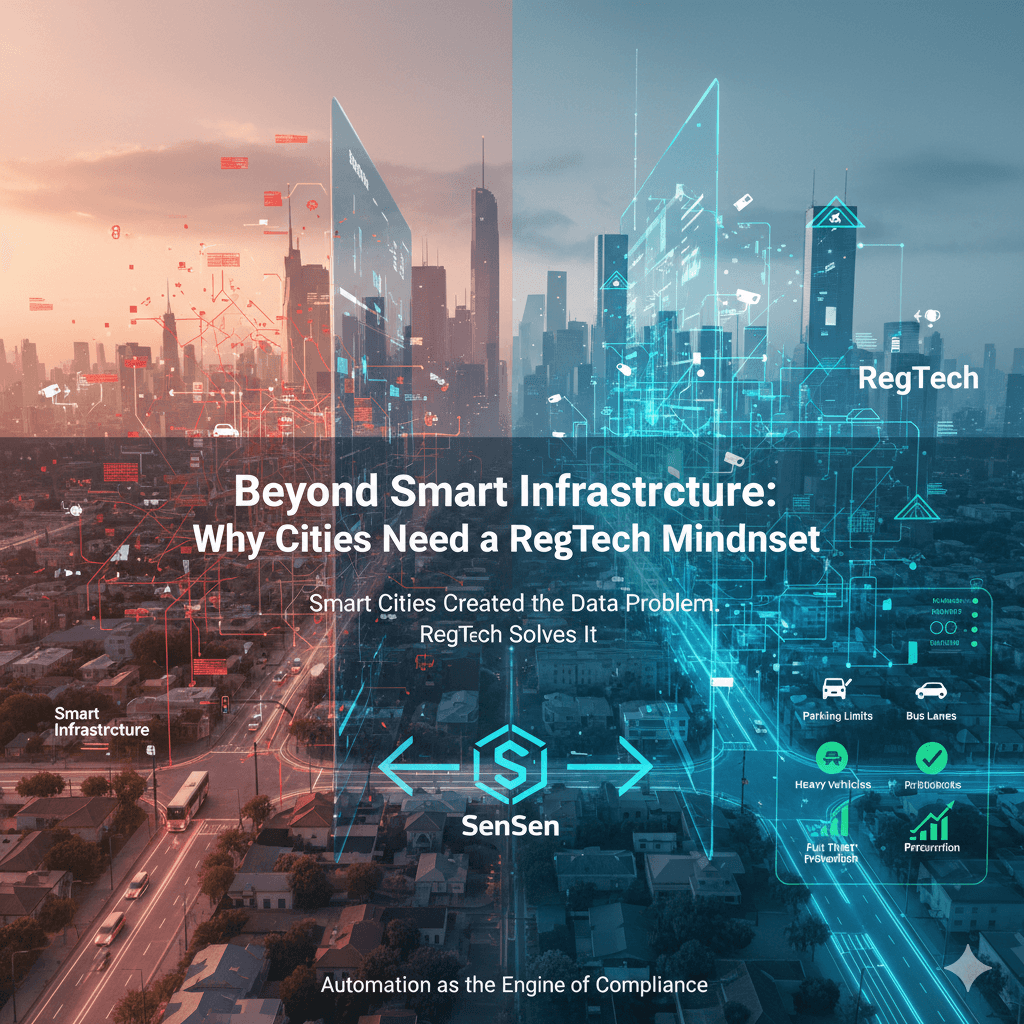As the populations of Australia’s urban centres continue to grow, density is also increasing in key suburbs and the CBDs of each city, which places immense pressure on infrastructure, particularly the parking systems. With more vehicles on increasingly congested roads, traditional parking systems are struggling to cope. This misalignment has resulted in inefficiency, congestion, and frustration for residents, businesses, and city planners alike.
Traffic congestion has become a major issue, for example. Studies indicate that up to 30 per cent of urban traffic stems from vehicles circling as drivers search for available parking. This inefficiency contributes to delays, increased vehicle emissions, and unnecessary frustration. Simultaneously, parking facilities often suffer from uneven utilisation. Certain areas are perpetually overcrowded, while others remain underused, frustrating citizens and becoming a liability to local businesses.
Addressing these issues requires rethinking how parking is managed in Australia’s high density urban centres.
That’s where SenSen comes in.
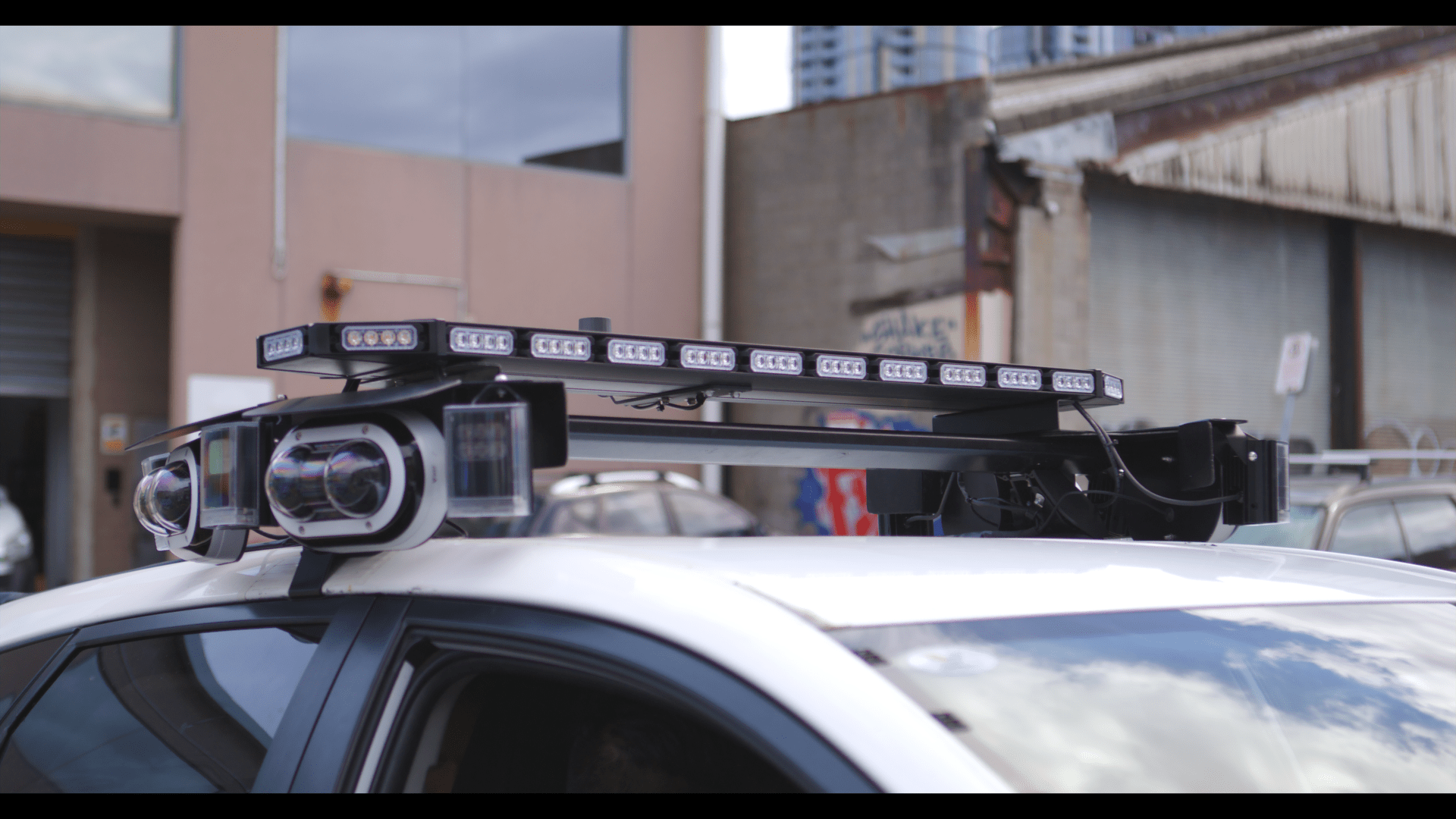
Smart Parking Solutions for Australian Cities
Through the advancements in Live Awareness solutions, AI, and sensor technology, SenSen is transforming the way Australian urban centres address the growing challenges efficiently, delivering better outcomes for citizens.
Real-time monitoring is one of the most significant benefits of these solutions. AI-powered cameras and data analytics can detect availability instantly, transmitting this information to drivers via mobile applications or digital signage. This reduces the time spent searching for parking, easing traffic congestion, improving efficiency, and optimising parking utilisation.
For example, SenSen’s SenFORCE is an automated parking enforcement solution that combines data from multiple sources, including vehicle geolocation, number plates, parking signs, windscreen shots, and disability permit verification, to provide irrefutable evidence of violations.
It is a smart parking technology that enhances enforcement capabilities. Automated monitoring can detect parking violations immediately, notifying authorities without the need for manual patrols. This improves compliance and reduces administrative burdens. Moreover, the data collected by these solutions can inform city planners, providing insights into usage patterns and helping to guide future infrastructure investments.
With the support of AI-powered platforms such as these, not only is compliance improved, but the citizen experience is too. The data created and analysed through the AI system can enable dynamic pricing, adjusting parking fees based on demand. For instance, higher prices during peak periods can encourage short-term parking turnover, ensuring greater availability for high-demand areas.
Additionally, SenSen prioritises data privacy and security. All collected information is handled with strict protocols, ensuring compliance with Australian privacy laws and industry best practices. This safeguards user data while enabling authorities to manage parking efficiently and transparently.
Brochure
Examples of Smart Parking in Australian Cities
Several councils and businesses are already leading the way in adopting smart parking solutions. For instance, some local governments have implemented AI-driven parking technologies to provide real-time data on space availability. This has not only reduced congestion but also made it easier for drivers to navigate busy areas. Similarly, major transportation hubs have embraced technology-driven parking solutions, using AI to streamline operations and improve customer satisfaction.
Meanwhile, forward-thinking councils have leveraged a suite of SenSen technologies to comprehensively monitor the kerbside across the suburbs. Sensors and surveillance technology, supported by AI, allowed the council to provide superior wayfinding and better communicate between citizens and enforcement.
Data insights from the solution revealed that loading zones were used most intensively during early morning hours, allowing city planners to adjust policies and signage to optimise kerb usage.
Private organisations are also leveraging smart parking technologies. For example, shopping centres and commercial complexes are utilising platforms like those offered by SenSen to enhance space management and reduce operational costs. One of the world’s largest and busiest ports is using the technology to ensure safety compliance, and many fuel retailers are using it to reduce incidents of fuel theft.
These examples demonstrate the versatility and effectiveness of smart parking solutions, providing a blueprint for other cities and businesses to follow.
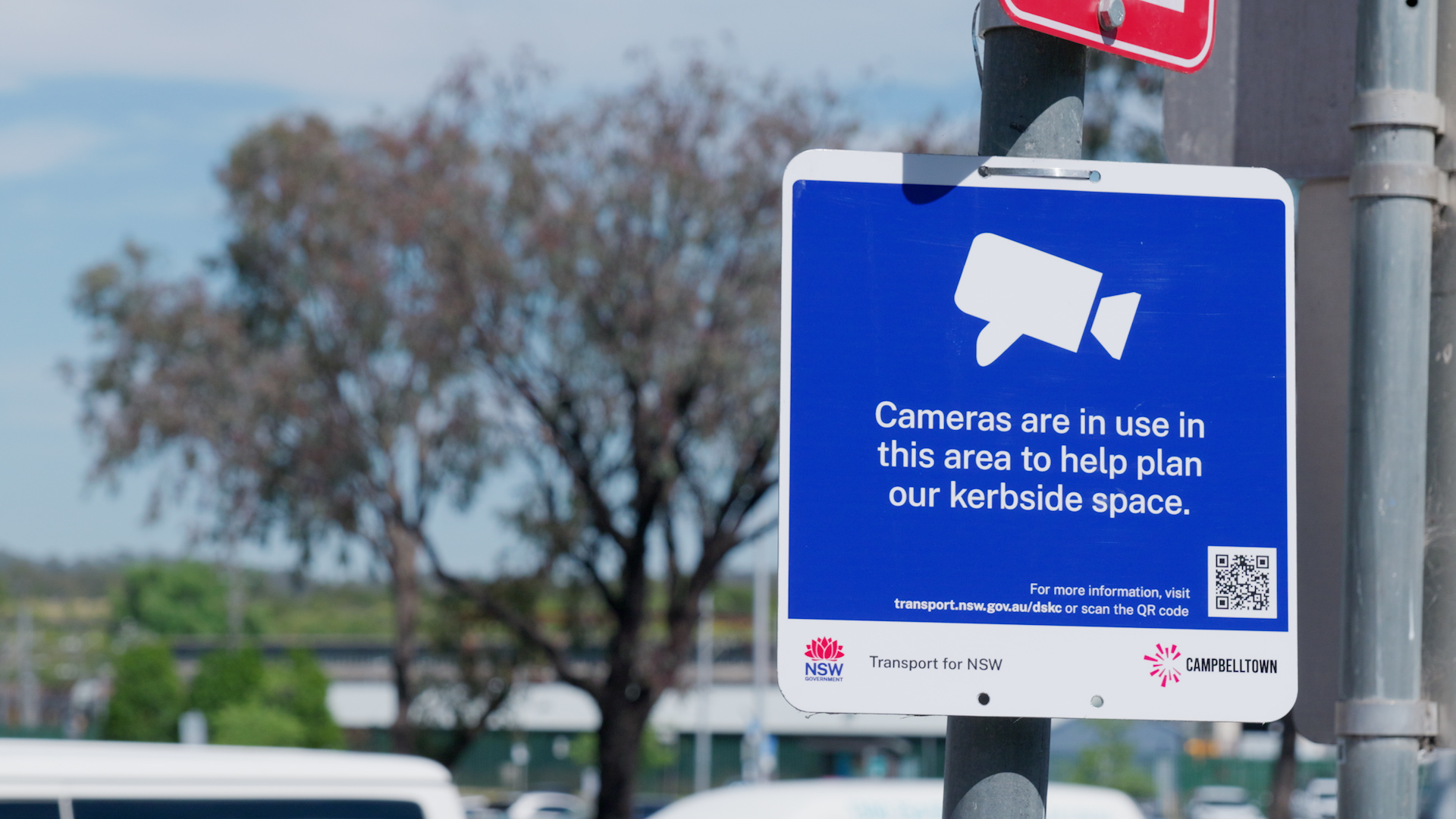
The Future of Parking in Australian Urban Centres
As urbanisation continues, the future of parking in Australian cities lies in the adoption of innovative, technology-driven solutions. Smart parking solutions not only address the immediate challenges of congestion and inefficiency but also support broader goals such as environmental sustainability and economic growth. SenSen is at the forefront of this transformation, offering advanced platforms that integrate AI, sensors, and data analytics to create smarter, more sustainable cities.
Realising this vision, however, will require collaboration among governments, businesses, and technology providers. Investments in smart infrastructure, supportive policy frameworks, and public education will all play crucial roles in driving widespread adoption. By embracing these innovations, Australia can position itself as a global leader in smart urban development, ensuring its cities remain vibrant and accessible in the face of rapid growth.

